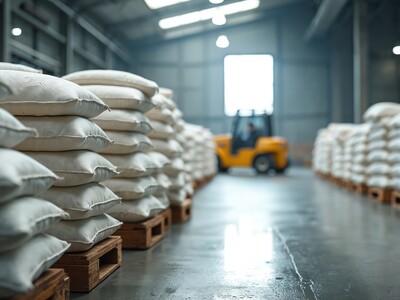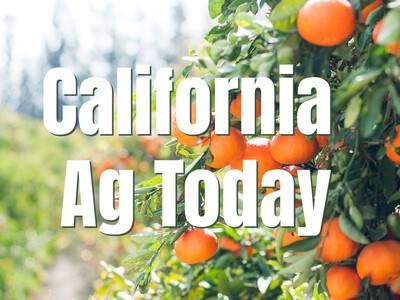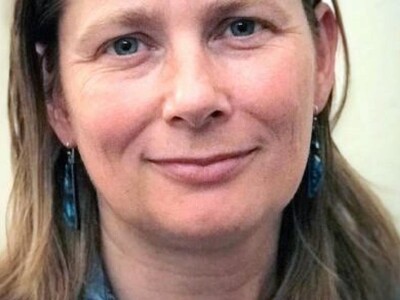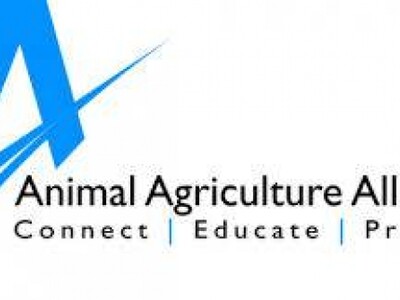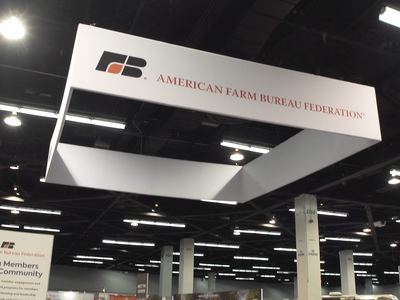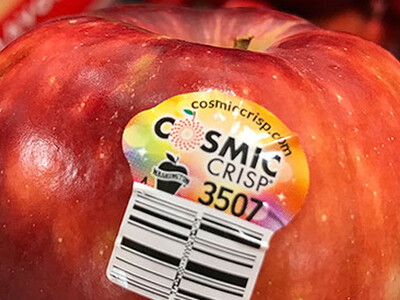Helping the Bottom Line with Solar
Helping the Bottom Line with Solar. I’m Greg Martin as Line On Agriculture presents the Harvest Clean Energy Report.
Input costs are rising and that means a much smaller profit. But what if you can lower those inputs? Randy Feldhaus is the Director of Sales with Syncho Solar.
FELDHAUS: Synchro Solar NW, based in Portland, we design and install solar installations; whether that’s solar electric or solar thermal. That’s be either electricity or hot water. Our specialty, especially with working with farms so far has been in solar electric. The farms have been perfect partners for us because often times they have a good amount of commercial electricity usage. A lot of time there is either space that we can use for a ground mount of there’s a great out-building so there’s plenty of roof space.
Feldhaus discusses one of their recent installations.
FELDHAUS: Stauffer Farms is a great business. They’re a century farm. They’ve been around a long time but part of what we noticed when we got to speak with them was their hop processing building points directly south and because it’s a hop farm there aren’t any shading obstructions nearby. So we got to mount 100 solar modules. The size of that system was 24.5 kilowatts and it produces about 40% of the power that they need.
Since this is net-metering even though they produce energy year round it’s used to displace the energy used mainly over the 2 or 3 months of production time. Many more farming and cattle operations are looking into solar energy production.
FELDHAUS: With farms now it’s really just a case of dollars and cents because they have an expense every year of electricity, They understand government programs and incentives. They understand capital investments that lower costs and so when you sit down and talk to them about it not as technology that necessarily’s going to save the world, but as a technology that solves a problem that they have which is rising electricity costs, it seems to make a lot of sense.
Utilizing various federal, state and local incentives can put this technologies price tag into reach for producers and something like a 40% savings can significantly lower the input costs.
FELDHAUS: A lot of these farms may have electricity bills exceeding $20-thousand dollars a year. When you turn on those big pumps to pull irrigation water or in this case powering some very high energy using dryer to dry those hops, it can be very large dollars. And whether it’s 40% or 80% or even if it was only 20% if it’s paid for itself and it helps to bring down your costs in the long run, it’s a very low risk investment.
For additional information on clean energy, visit harvestcleanenergy.org. That’s today’s Line On Agriculture. I’m Greg Martin on the Ag Information Network.???www.harvestcleanenergy.org







